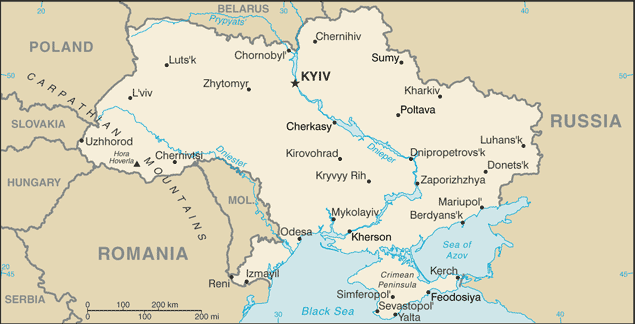The Sugar Association recently released findings from a consumer survey demonstrating consumers remain interested in knowing where real sugar comes from and how much of it they can eat.
“This survey confirms a growing trend of consumers are looking for accurate, meaningful information about nutrition, including how much sugar fits into a balanced diet,” Sugar Association President and CEO Courtney Gaine, PhD, RD said. “The past decade has brought a loud and confusing dialogue around sugar, and it is clear consumers are looking for less noise and more practical information and guidance. The narrative that is out there has had a profound impact on consumers—making it difficult to counter with actual data. For example, USDA data show added sugars consumption is down about 30 percent since 2000. However, when asked, the majority of consumers don’t believe we consume less sugar than we did 20 years ago. This is the challenge we are up against; however, these findings are reassuring that consumers are open and eager to engage in this dialogue and learn more about the facts surrounding sugar.”
Key data points from Quadrant Strategies February 2023 survey of 1,500 U.S. consumers include:
• 94% believe that Real Sugar is grown, not made, and is extracted from sugar beets and cane.
• Participants agreed real sugar is natural, comes from plants, adds flavor that helps people eat a variety of foods, and plays a role in a balanced diet.
• 81% of participants said it is important to know the dietary recommendations for daily sugar intake, up from 75% in 2021.
• Most consumers think the recommendation for added sugars intake is significantly lower than it is, with three in four consumers believing it is 40 grams or fewer. U.S. Dietary Guidelines for Americans and Food and Drug Administration recommendations are up to 50 grams of added sugars per day.
• When informed of the U.S. Dietary Guidelines recommendation of up to twelve teaspoons or 50 grams of added sugars per day, 71% of respondents report increased confidence that sugar can be part of a balanced diet—up from 42% in 2021.
• Participants said the U.S. Department of Agriculture and the Food and Drug Administration are the most trusted sources for nutrition information.
• 71% of consumers say, “it is important to spend the time to understand the nutritional value of my food.”
• 80% of consumers at least sometimes look at nutrition facts labels and nutritional claims on packages. Over half of consumers say they always or usually reference this nutritional information.
• 85% say knowing real sugar is made by sugar cane and sugar beets grown on a farm increases their confidence that sugar can be part of a balanced diet.
• Consumers, in general, are not seeking out products with alternative sweeteners as the primary method of reducing sugar intake with only 14% citing they moderate sugar intake this way.
These data insights will play a key role in the Sugar Association’s nationwide digital campaign launching later this year designed to increase awareness of how sugar plays a supporting role as part of a balanced diet.
“These findings demonstrate consumers feel more confident in their ability to construct a balanced diet when they know where their food comes from and what the authoritative dietary recommendations are. The Sugar Association is committed to moving as many individuals as possible into a healthy eating pattern. Providing people with the science-based resources they need to make informed decisions is a huge part of our mission, and we’re excited to share more about those efforts this summer,” Gaine said.




